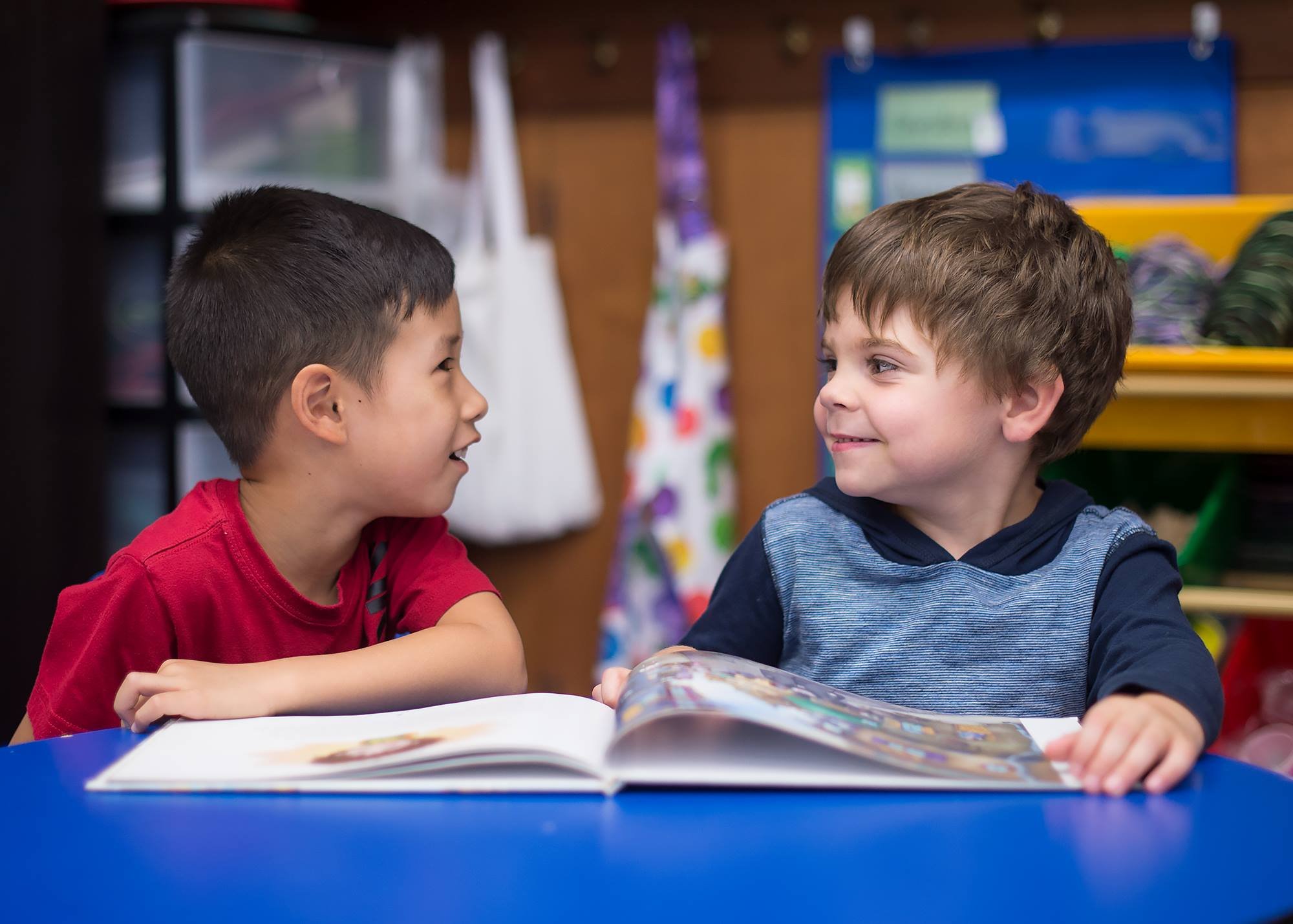Benefits of Mixed Age Classes
Research strongly supports the idea that mixed-age classrooms are better for students. At Vine, our students are in classes where multiple grade levels learn together. Typically, there are students in two years of school in each of our programs. With this, not only do students out-perform peers of the same age academically, studies also show that they thrive socially. Here’s why:
Competition is removed from the classroom.
In mixed-age classrooms, children are more likely to cooperate than compete. This spirit of cooperation and caring makes it possible for children to see each other as individuals as opposed to competitors.
Children are not labeled according to ability.
Children in same-grade classrooms may be labeled as "below grade level" or "low." As a result, these children may stop trying. Conversely, students labeled as "above grade level" or "high" may not feel challenged, also resulting in a lack of effort. Mixed-age classrooms free students to take pride in their abilities as individuals, giving them constant motivation to improve.
The pace of learning is individualized.
““Research strongly supports the idea that mixed-age classrooms are better for students.””
In mixed-age classroms, teachers tailor instruction for each student, rather than setting the instruction pace for a whole group. This is a striking difference from traditional education in which, for example, every child might turn to page 33 of the book and, staying there until every child understands the concept. Our model allows students who are ready for the next challenge to advance without becoming bored; it also provids students needing extra time the opportunity to learn at their own pace without feeling rushed or pressured to move on prematurely.
Children develop a sense of family with their classmates.
Mixed-age classrooms generate a family of learners who support and care for one another. Older children have the opportunity to serve as mentors and take leadership roles. They model more sophisticated approaches to problem solving, helping younger children to accomplish tasks they would not be able to do independently. This dynamic increases the older child’s level of independence and competence while increasing the younger child’s spirit of belonging in a community of learners.
Children are viewed as unique individuals.
When classrooms contain students of varied ages, teachers concentrate on what children can do, rather than what they can’t do. Teachers focus on instructing each child according to his or her own strengths. This differs from a same-grade classroom in which teachers often expect all children to be at the same place at the same time with regard to ability.
Self esteem blossoms.
Multiage classrooms are socially and psychologically healthy because they promote friendship and provide extended contact with adults and peers of varying ages. These groups show a noteable increase in self-esteem.


